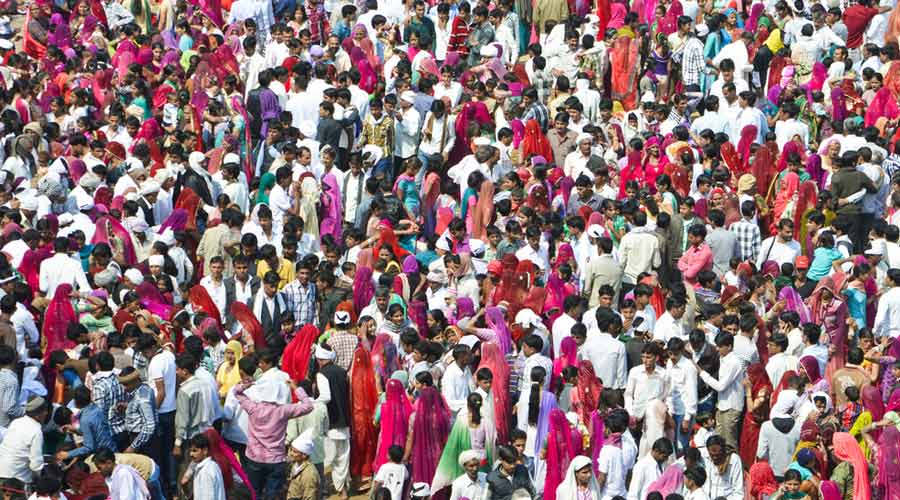There are now eight billion — and counting — human beings on the planet. Should the bells be ringing in joy or alarm? The finding is a mixed bag. Human birth and longevity are testaments to the progress in science and medicine because adults and children are living longer lives. What is even more heartening is that global population spikes — the world population doubled in the last six decades — are expected to be phenomena of the past. This is because falling fertility rates the world over are indicative of population peaks plateauing. In fact, the United Nations has made it clear that India’s population surge is stabilising, with its total fertility rate — the average number of children born per woman — falling to 2.0, which is below the replacement level. India’s policies of widening public access to healthcare systems and family planning services are delivering: they need to be invested in and broadened. The spurious, mischievous allegation of a population explosion among Muslims from certain political quarters must also stop in the light of the data.
This is where the good news ends. India, which is expected to surpass China as the most populous country in the world, has made a serious contribution to the planet’s population load. This only means that the battle for critical resources — water, land and so on — is likely to get grimmer: 820 million Indians are estimated to be water-stressed already. The numbers will only rise and resources shrink in the era of the Anthropocene. The resultant acute competition is likely to adversely affect specific constituencies, such as the elderly and women. The scale of the challenge of equitable distribution of resources in a country with embedded inequality — social, political and, increasingly, religious — is daunting. There is an additional challenge. Much is often made of India’s ‘demographic dividend’. But has India managed to take advantage of its young, working-age population? Data suggest otherwise. A reliable indicator of a nation making effective use of its demographic dividend is the percentage of the working-age population in its labour force. In 2021, the figure for India was 46%; the corresponding global figure was 59%. The gap widens in the case of women. One of the glaring failures of Narendra Modi’s government has been its failure to create adequate employment for the youth. This error, if not rectified, could lead to considerable social unrest.

